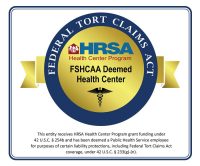As we focus on Women’s Health Week, it’s a perfect opportunity to discuss the well-woman exam.
The 2010 Affordability Care Act added the well-woman exam to the list of preventative services covered under the reform. It was one of the first times legislators made accessibility for a type of medical exam into law. This commitment to providing reproductive care to women has resulted in reductions in ovarian, uterine, cervical, and breast cancers and earlier detection when cancers are found.
Starting at age 18, we encourage women to see their health provider annually to review their reproductive health. For patients aged 21 and older, I recommend a pap smear every three years, especially if the patient has had the HPV vaccine and the results of their last pap smear were normal. Your provider can do this exam during the annual well-woman exam, but it does not need to be done at every annual exam.
Beginning later in a patient’s life, we encourage getting regular mammograms. We also want to ensure that the patient’s periods are regular, that any related symptoms are tolerable, and to answer any contraception questions. Keeping up to date on information as our reproductive needs change will help with predictable care going forward.
I think of the well-woman exam as a jumping-off point to work on problems that might show up in the exam. One of the most exciting recent medical developments is in the genetics of cancer. Research shows that there are familial cancer groups that affect women in certain families. Testing for these cancers is becoming more widely available. If cancer is found, we can then help women make informed decisions as needed.
Please call your provider today if you have not had a well-woman exam in the past year. While well-woman exams may have been on hold during the pandemic, we should try to get ourselves back on track as soon as possible!
Menu
News
Google Translate
Main Office: 128 Market Street, Alamosa, CO 81101 | 719-587-1001
© Valley-Wide Heath Systems, Inc. | Sitemap | Privacy Policy | Built by Infront Webworks

Recognized by the American Heart Association (2023)
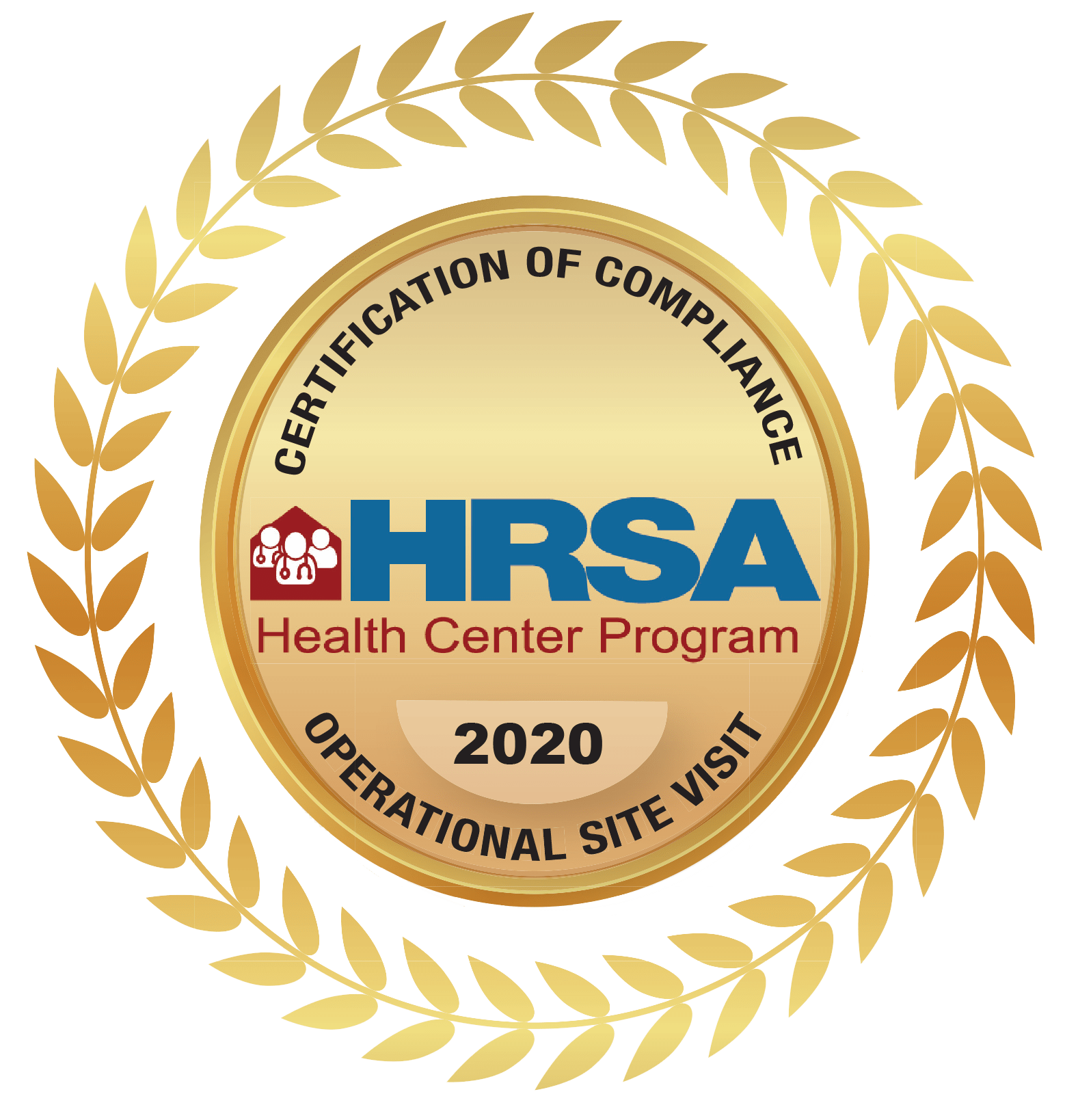
Accredited/Certified by
HRSA Health Center Program Operational Site Visit
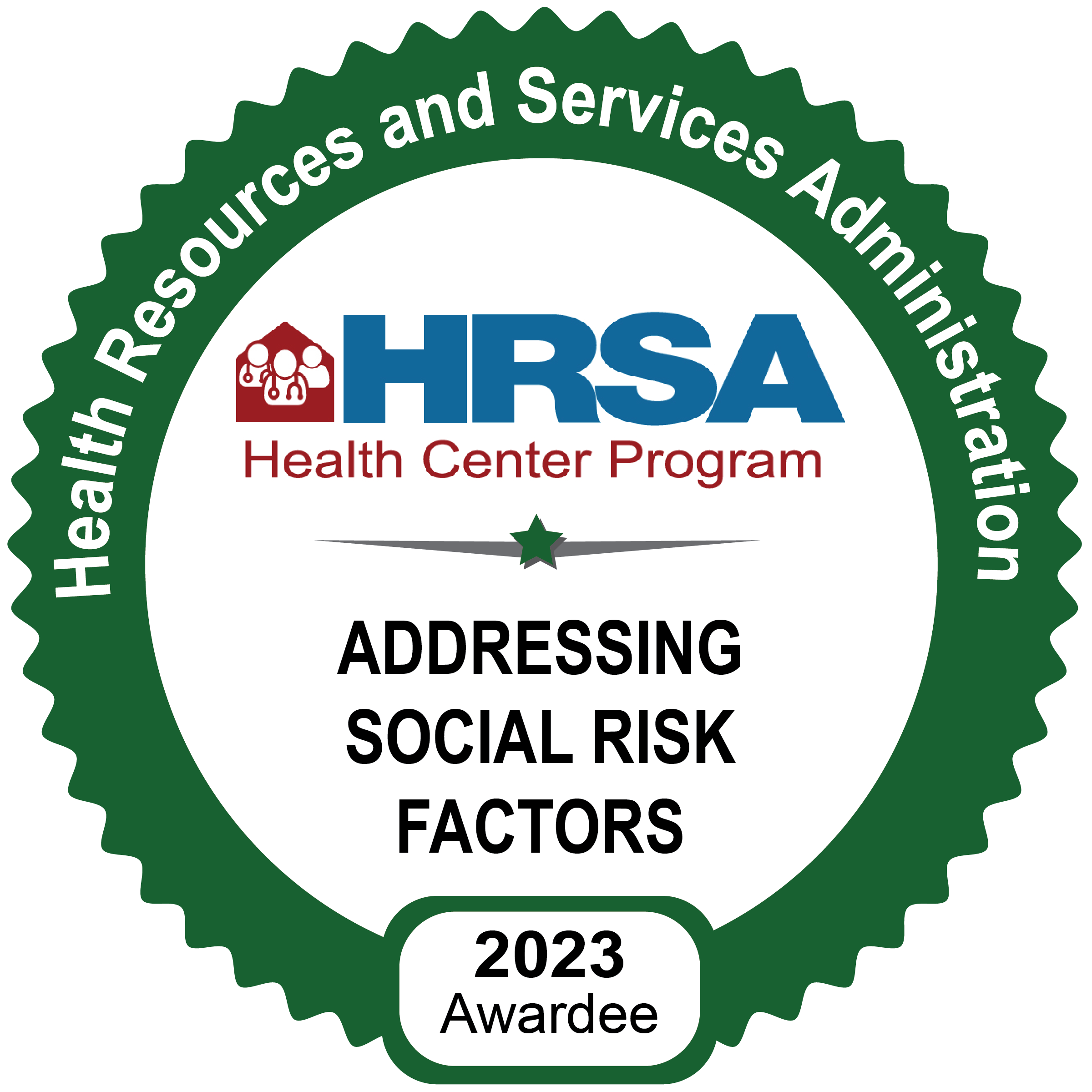
HRSA Recognition: Addressing Social Risk Factors (2023)

HRSA Recognition: Advancing HIT for Quality (2023)
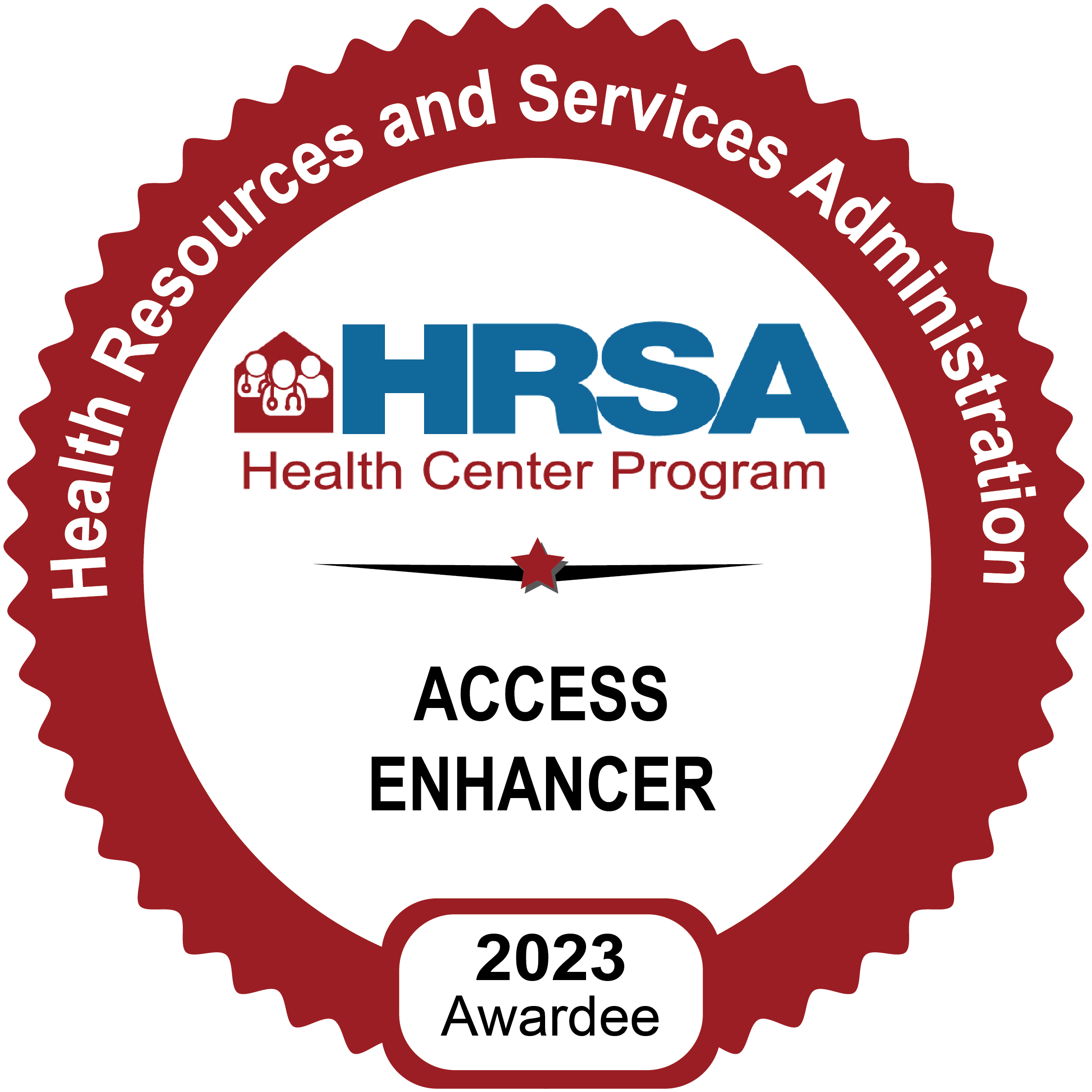
HRSA Recognition: Access Enhancer (2023)

HRSA Recognition: Health Disparities Reducer (2023)

AAAHC Accreditation
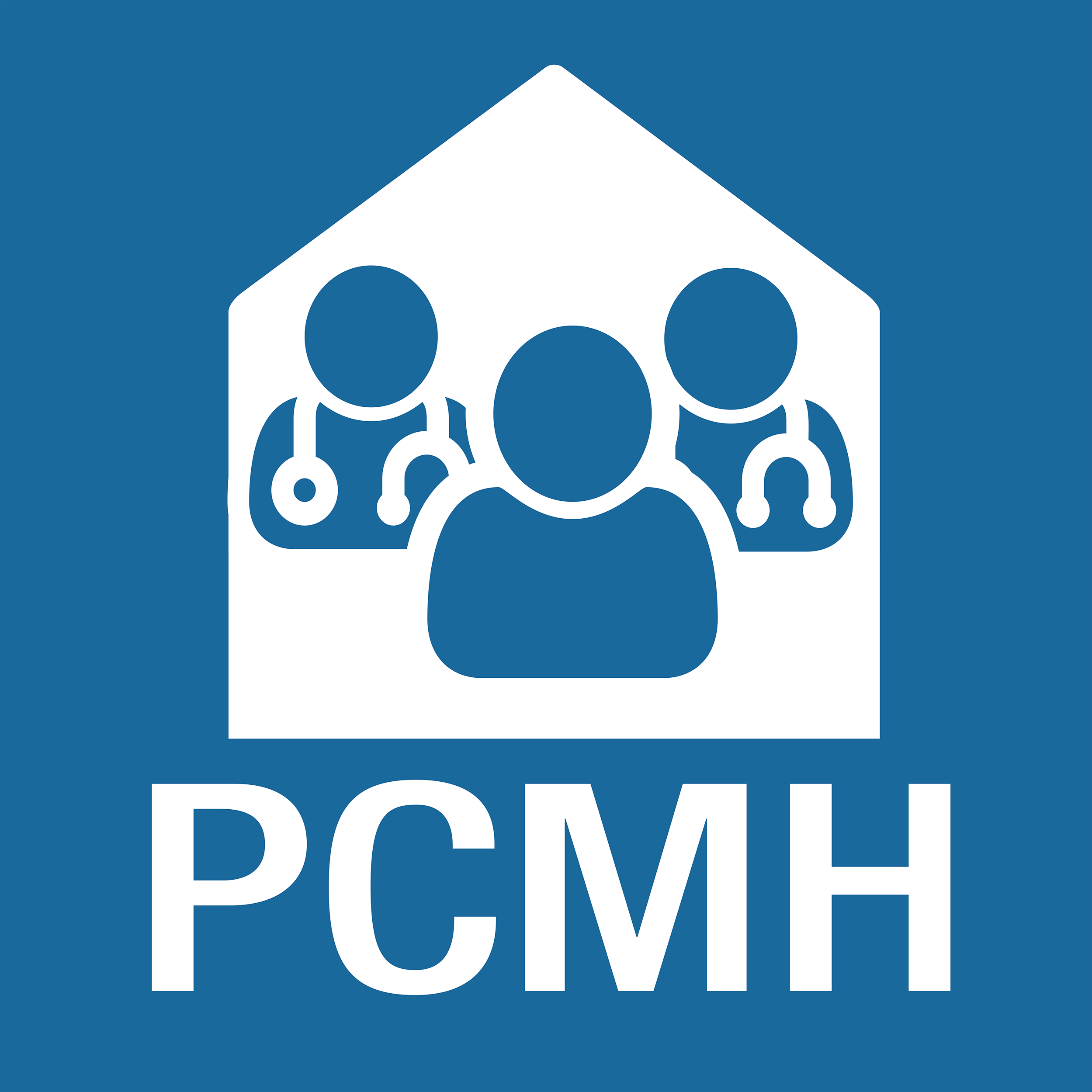
HRSA Recognition: Patient Centered Medical Home
